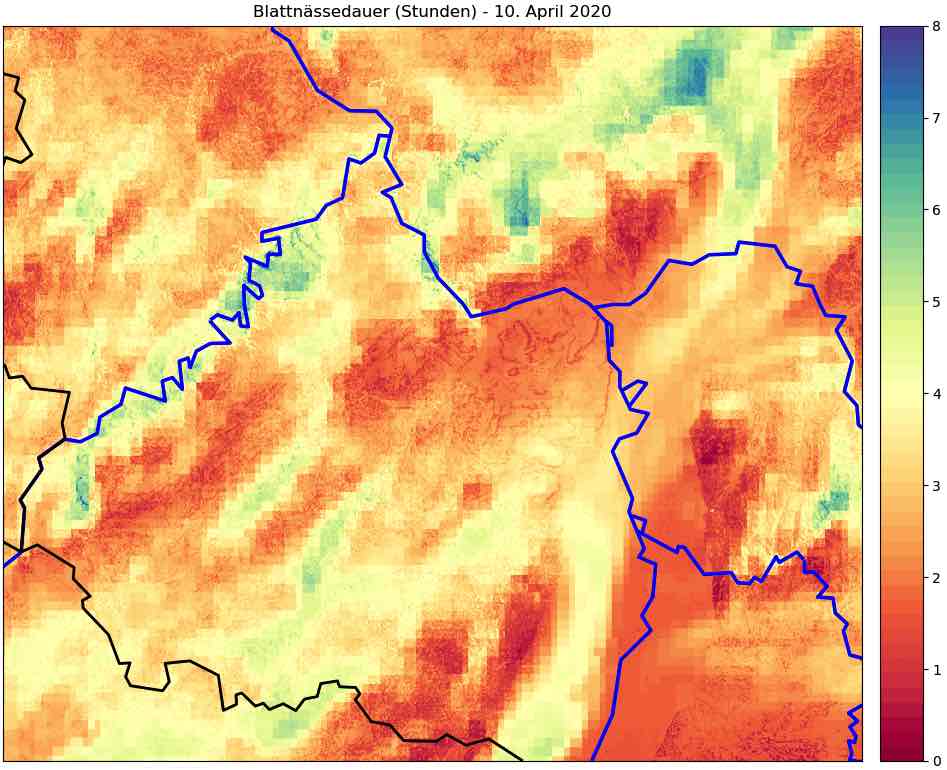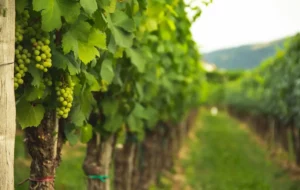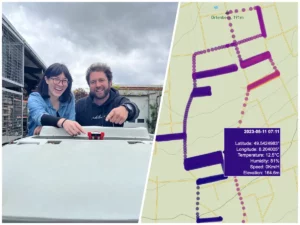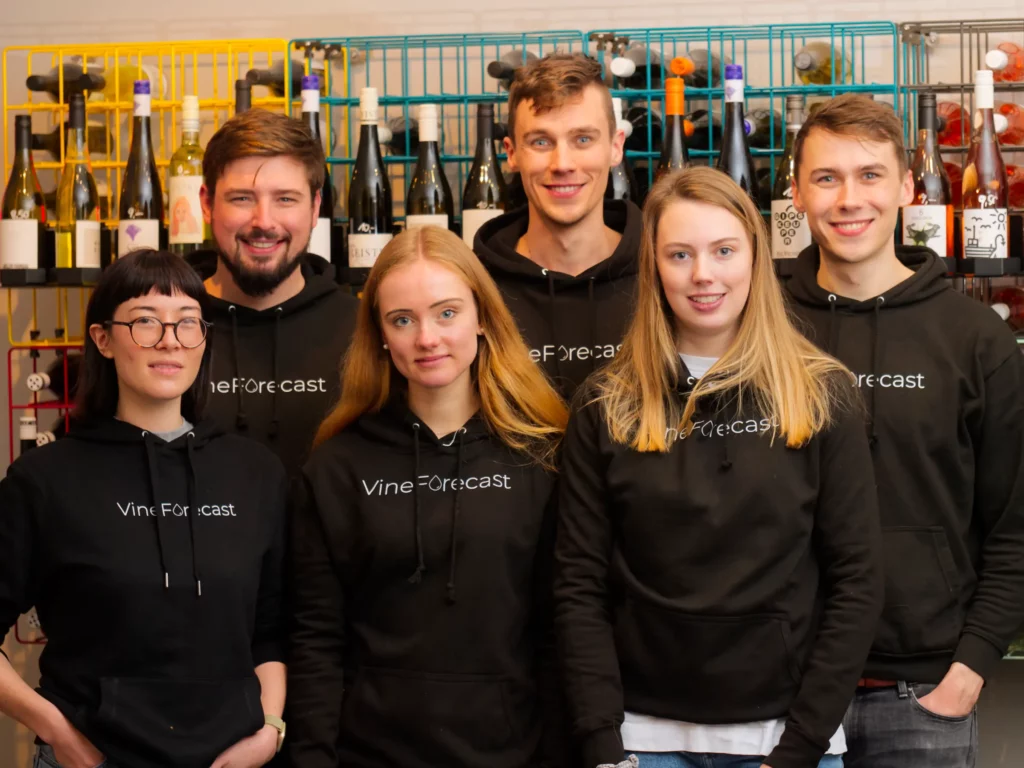Leaf wetness - the central variable for the prognosis of a fungal disease.
Our last guest post by plant biologist Janna Einöder was about downy mildew and how it can affect and damage grapevines. The central variable for infection of the vines with the fungal disease is leaf wetting duration, because only when vine leaves are wetted with water for a sufficiently long time can the summer spores form.
Thus, it is important to identify the conditions for spore formation at an early stage. First of all, a reliable prediction of leaf wetness is necessary for this. Leaf wetness sensors can only indicate the actual condition and cannot make any statements about future leaf wetness. However, for effective vine protection, plant protection products usually need to be on the plant before an infection event. Due to this, an accurate prediction of leaf wetness is essential for effective vine protection against downy mildew.
The microclimate of a vineyard crucial for leaf wetness
Hardly any other meteorological variable is more influenced by the microclimate of a vineyard than leaf wetness. Even over a short distance of a few hundred meters, leaf wetness duration can vary greatly. Above all, topography plays a decisive role here. This is also what the experience of many winegrowers tells us.

Philipp Franzen from the Steilgut on the Moselle recently told us about this. In his east-facing vineyards, he observes less susceptibility to downy mildew than on west-facing slopes. Leaves that are wet in the morning from dew or overnight precipitation dry fastest on east-facing slopes that receive morning sun. The shaded western slopes, on the other hand, are reached by the sun much later and thus remain wet longer. The risk of infection by downy mildew is significantly higher in these locations.
The leaf wetness forecast from VineForecast
To be able to provide a reliable leaf wetness forecast and thus also an accurate disease forecast, we at VineForecast invest a lot of time in the (further) development of our leaf wetness model. By integrating topography into our models, we have been able to provide fine-grained leaf wetness predictions.
In the map above you can see our leaf wetness forecast for the wine growing regions Moselle, Rheinhessen, Nahe, Rheingau, Mittelrhein and the Pfalz. You can see very well how the forecast is strongly influenced by the different topographical conditions.




